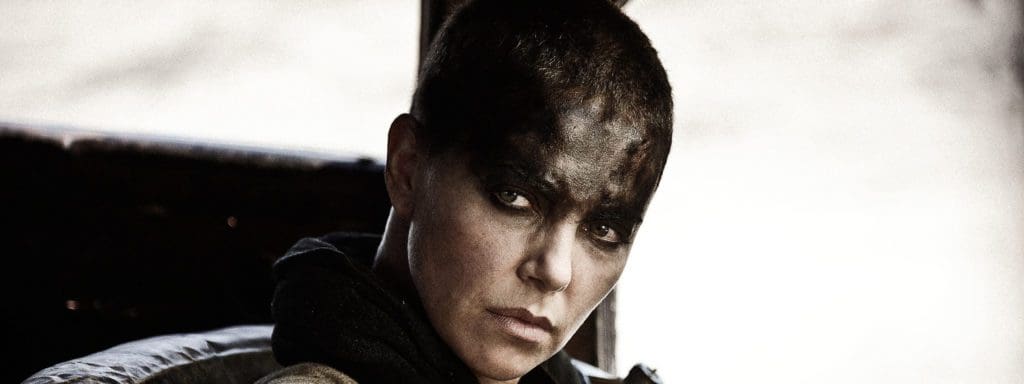
Mad Max: Fury Road — Matt Taylor
In a decade where the action movie was synonymous with the Marvel Cinematic Universe, Mad Max: Fury Road remains a breath of fresh air. George Miller’s technical achievement of practical effects and stunt work is a testament to how much craft is needed to make a satisfying, meaningful action film. The intricacies of each super car plowing through the desert–and the unusual weapons their drivers wield–are bursting with imagination that somehow feels both informed by a thought-out mythology and incredibly simple (of course a flaming guitar would be cool). And while many of the CGI-heavy comic book films from the beginning of the decade are already starting to show their age, Fury Road will continue to look beautiful and impressive.
But what helps make the film feel like a true piece of art is the way Miller turns his chase movie into an operatic, expressionist film about the patriarchy, with Eve Ensler (The Vagina Monologues) even serving as onset advisor. The film’s plot mechanics are deceptively simple, using its seemingly flat characters and scarce dialogue to explore themes about repression, environmentalism, gun culture, and how economic class determines our ability to survive in a dying world. There’s a reason Charlize Theron’s Imperator Furiosa is the most memorable character from the film: this isn’t really Max’s story at all. Instead, it’s all about taking the “damsel in distress” trope and turning it on its head, forcing both the film’s antagonists and members of the audience to realize the women on screen “are not things,” as the film puts it.
To wrap-up a complex story of feminism in the long-awaited fourth film in a testosterone-driven action franchise remains one of the boldest, most exciting decisions a studio made this decade—so much so that it feels like we’ll never see something like it again. But at least we’ll always have this miracle of a movie.

